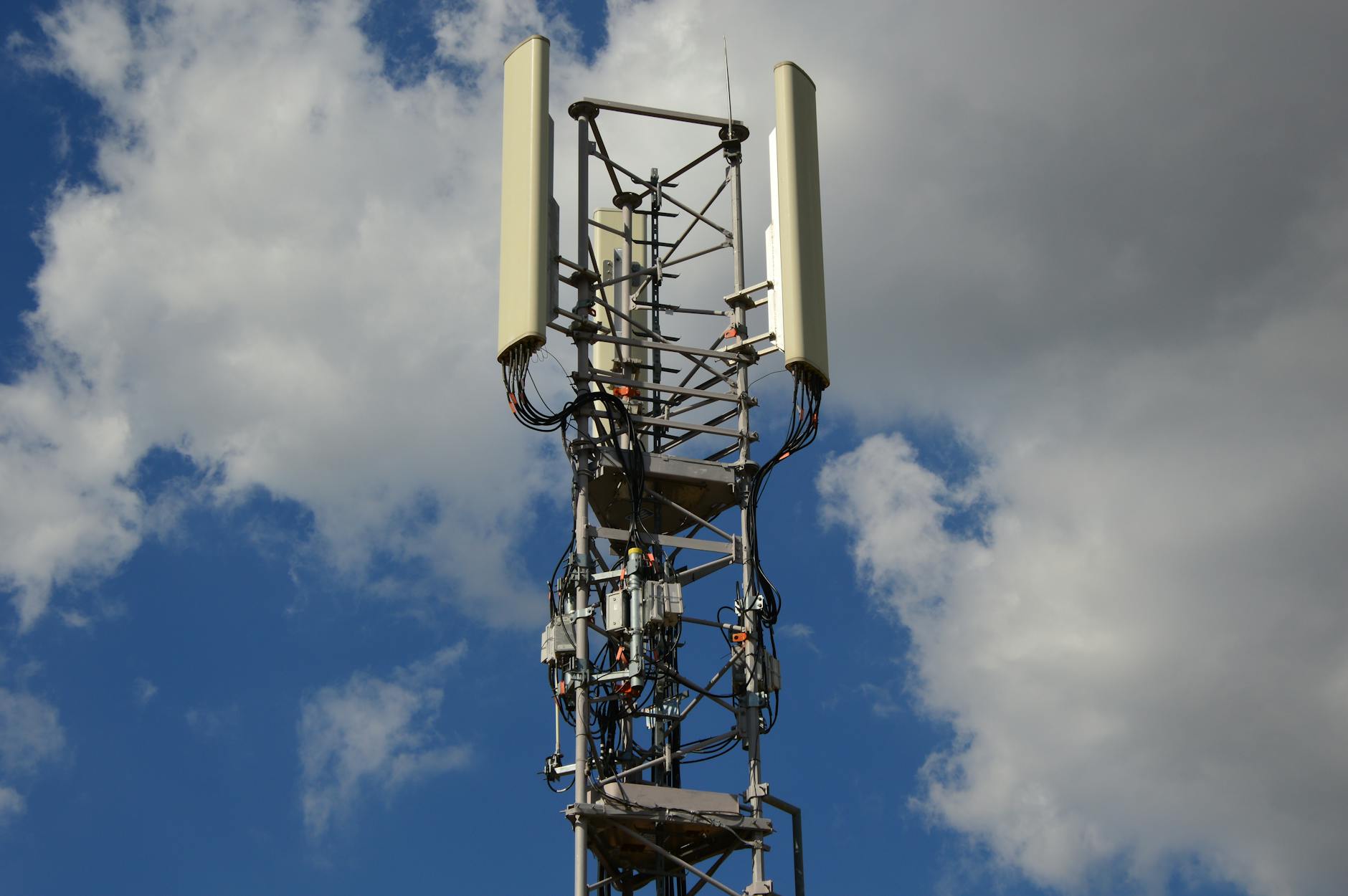In the evolving world of van life, reliable internet connectivity is a lifeline for work, entertainment, and communication. As digital nomads and travelers venture into remote areas, 4G LTE and 5G networks have emerged as compelling alternatives to satellite internet. This article explores how these technologies surpass satellite in speed, cost, power efficiency, and setup complexity. While satellite internet promises global coverage, its performance limitations and infrastructure demands often hinder practical use. By contrast, 4G and 5G networks deliver consistent performance in most locations, with streamlined access and lower expenses. For van lifers prioritizing efficiency and value, understanding these distinctions is key to choosing the right connectivity solution.
Latency and Speed
Latency and speed are critical for tasks like video conferencing, streaming, and real-time gaming. 4G LTE typically offers download speeds between 20-100 Mbps, with latency averaging 30-70 ms. 5G networks, however, can reach up to 1 Gbps and reduce latency to as low as 1 ms in ideal conditions. Satellite internet, while adequate for basic browsing, lags significantly behind, with typical speeds of 10-50 Mbps and latency as high as 500-1000 ms. This delay results from signals traveling over 22,000 miles to and from orbit, making it unsuitable for latency-sensitive applications. Van lifers needing to host meetings or access cloud-based tools will find 5G’s near-instantaneous response and 4G’s broader reach far more efficient in most locations.
Coverage and Accessibility
While satellite providers tout global coverage, practical van life routes often align with regions where 4G LTE blankets over 95% of U.S. roads. 5G, though sparser in remote areas, continues its expansion through carrier partnerships with rural localities. In contrast, satellite internet requires precise alignment of a dish with a clear sky, which can prove unreliable during bad weather or magnetic storms. Even with these best-effort conditions, van lifers encounter situations where their satellite signal drops unexpectedly—an inconvenience not experienced with terrestrial mobile networks. The accompanying table illustrates these discrepancies:
| Technology |
Average Download Speed |
Coverage in Remote Areas |
Signal Reliability |
| 4G LTE |
50 Mbps |
High (~80-90%) |
Stable with signal boosters |
| 5G |
500 Mbps+ |
Varies (60-80% for most carriers) |
High in urban to suburban zones |
| Satellite |
25 Mbps |
Full (theoretical) |
Variable due to weather and alignment |
Cost and Setup Practicality
The financial and logistical hurdles of satellite internet are often overlooked. Subscriptions range from $100 to $150 per month, excluding the upfront cost of hardware like a satellite modem and dish, which can exceed $1,000. 4G LTE hotspots, by contrast, cost between $30 and $50 monthly, with routers available for under $100. 5G plans mirror 4G pricing, though devices may cost slightly more. Van lifers will appreciate mobile setup simplicity: plug in a hotspot and wait for signal. Satellite requires daily recalibration of its dish and sometimes access to a pole or secure bracket—a challenge while driving or camping in tight spaces. These factors tilt the practicality scale heavily toward terrestrial options.
Power Consumption and Reliability
Van life often depends on limited power sources like solar panels or generators. 4G LTE routers consume 5-10W, while 5G hotspots typically draw 10-20W. Satellite systems, however, can demand over 100W due to their motorized dishes and amplifiers, burdening energy reserves. The physical components of a satellite setup also introduce points of failure. Dishes can jam, masts may bend in strong winds, and signal interference remains a persistent threat. For van lifers seeking stable, efficient connectivity, mobile networks represent a smarter investment. Their smaller form factors and energy efficiency align seamlessly with the constraints of life on the road, while satellite’s power needs and mechanical complexity expose its shortcomings.
For van lifers, 4G LTE and 5G deliver superior connectivity through faster speeds, lower latency, and greater power efficiency than satellite systems. Their widespread coverage in popular travel zones reduces setup time and effort, while cost structures make them far more accessible for long-term use. Satellite’s global reach remains unmatched, but its performance drawbacks and operational costs often outweigh its benefits in real-world applications. By prioritizing mobile networks, travelers can enjoy seamless streaming, reliable VoIP, and hassle-free connectivity in most environments. While no solution is perfect, the combination of affordability and performance makes 4G LTE and 5G the clear choice for modern van life.
Image by: Ulrick Trappschuh
https://www.pexels.com/@ulrick-t







